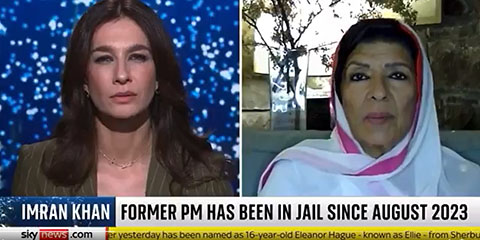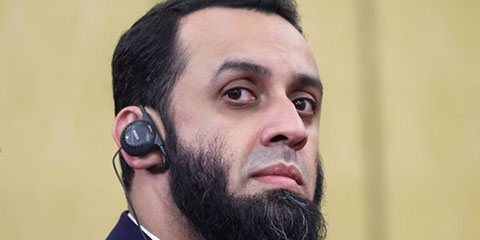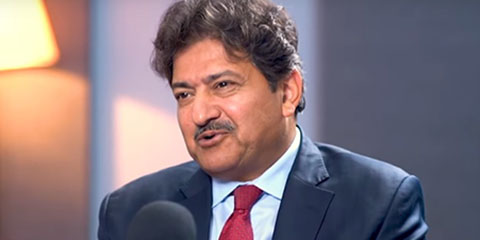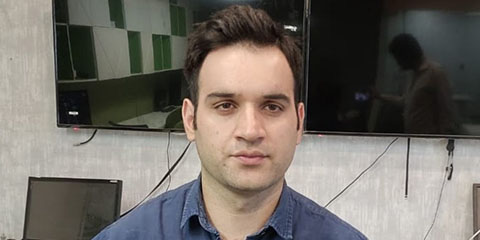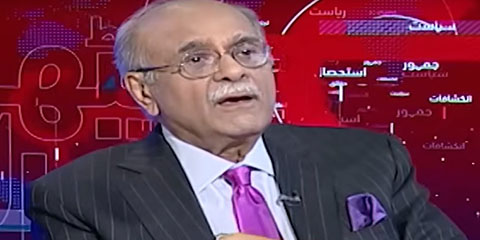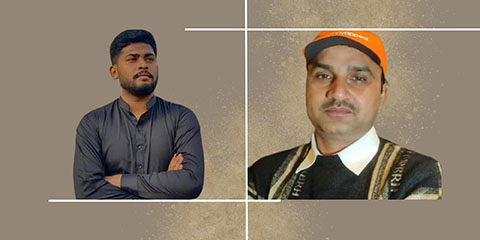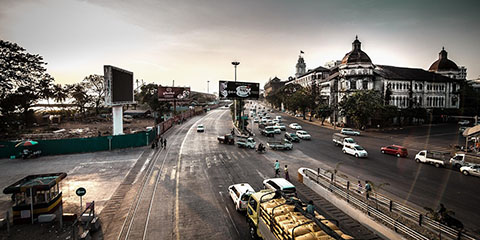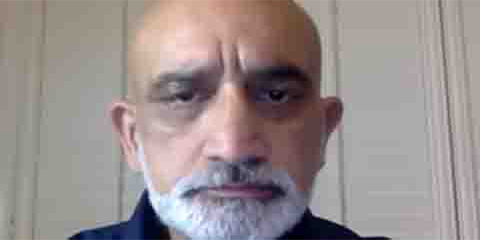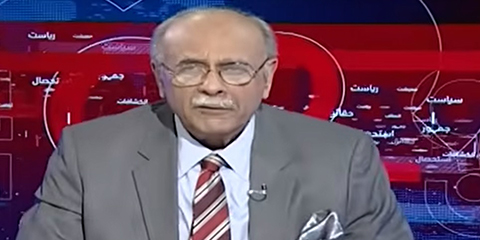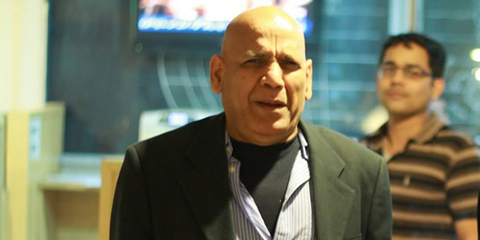Media bias under scrutiny amid chaotic coverage of PTI protest
JournalismPakistan.com | Published last year
Join our WhatsApp channel
ISLAMABAD—The media coverage of the PTI's protest calling for the release of former Prime Minister Imran Khan mirrored the chaos of the demonstrations themselves. As the protest concluded following a police operation on Tuesday night, government circles celebrated while PTI members maintained a stance of defiance. Mainstream media coverage reflected this polarization, with stark differences in narratives.
A notable aspect of the protest was the uninterrupted accessibility of X (formerly Twitter) without a VPN, unlike previous instances of social media restrictions. Some analysts speculated that the platform was left open deliberately to counter PTI's online presence, while others attributed it to the influence of the protest.
Alternative media platforms played a prominent role in covering the events. YouTubers Matiullah Jan and Asad Toor gained substantial traction, with their updates particularly resonating with PTI supporters. Lawyer Abdul Moiz Jaferi noted that just three vlogs by Matiullah and Toor amassed over a million views in 24 hours. Other vloggers accompanying PTI rallies also attracted significant followings for real-time updates.
In contrast, mainstream electronic media faced criticism for favoring the government's narrative. Analysts Absa Komal and Arifa Noor highlighted the bias, with Noor likening the coverage to the PTV days, where only the government's perspective dominated. Journalist Hamid Mir, in an interview with VOA, criticized the media for failing to report PTI supporters reaching D-Chowk, noting that such updates came from social media instead.
Observers also pointed out a clear divide: YouTubers were on the ground, while mainstream media largely operated from their offices. If Matiullah Jan and Asad Toor were seen as sympathetic to the protests, journalists like Absar Alam and Talat Hussain were unequivocal in their opposition.
An editorial in Dawn on Wednesday called out the starkly partisan coverage, noting, "On social media, partisan 'analysts' and opinion makers competed for attention, with one side portraying the events as a revolution while the other celebrated reports of army intervention with shoot-on-sight orders."
Reporting on PTI leaders leaving Islamabad also drew criticism. Daily Jang accused the leaders of fleeing "with their tails between their legs," while VOA described them as having "escaped." Journalists Tahir Khan and Ahmed Noorani condemned such framing, calling for integrity in media reporting.
The protests were marred by violence against journalists, with Dawn reporting that dozens of alleged PTI supporters attacked an Associated Press videographer, causing head injuries and stealing his equipment. The incident underscored the dangers faced by media professionals during political turmoil.
Opinions on the aftermath of the protest varied widely. Dawn columnist Farooq Nadeem Paracha posted a photo of a clean D-Chowk with the caption "khatamshud" (finished), while journalist Tariq Mateen expressed sorrow over the violence and loss of lives.



